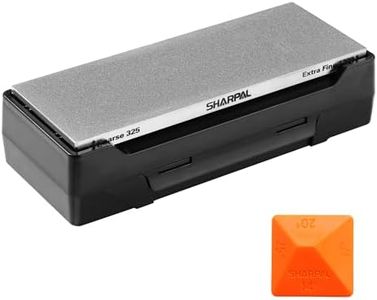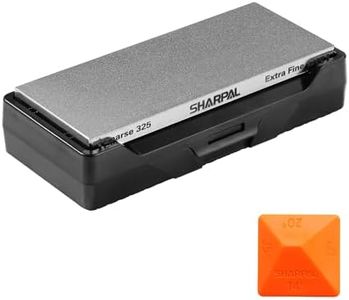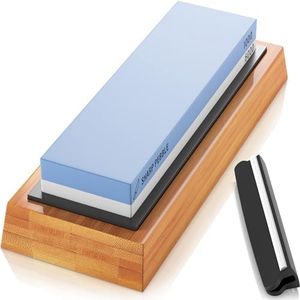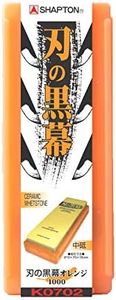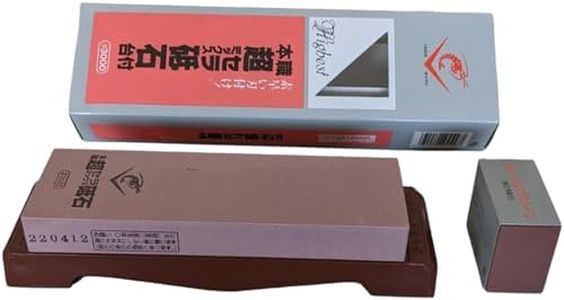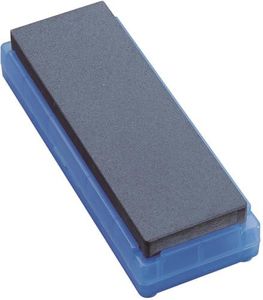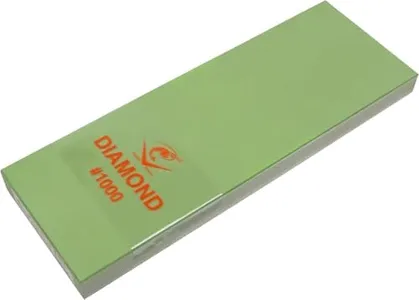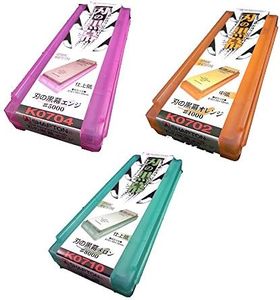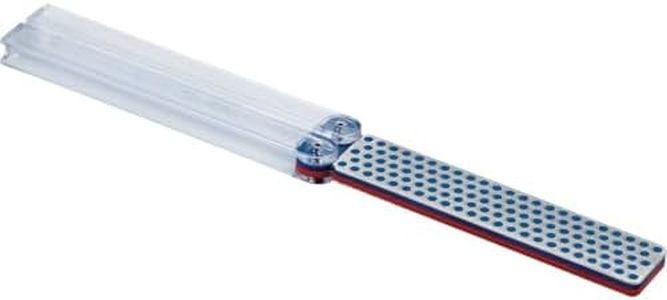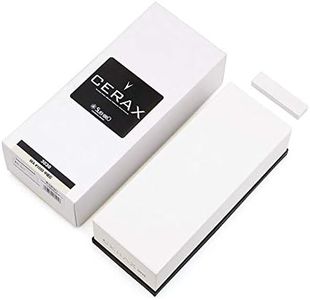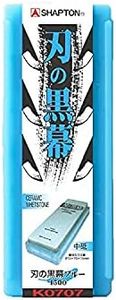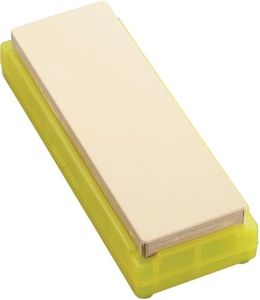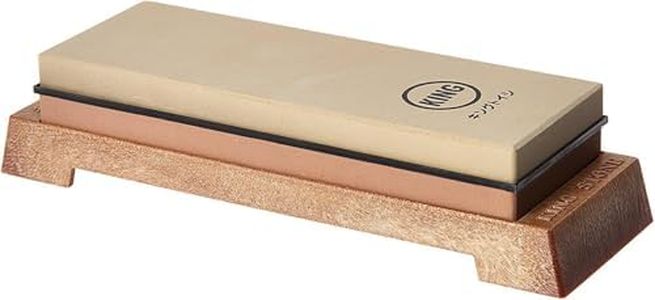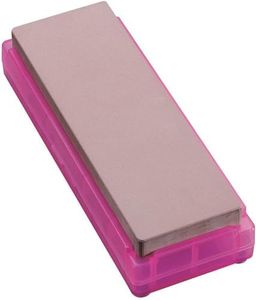We Use CookiesWe use cookies to enhance the security, performance,
functionality and for analytical and promotional activities. By continuing to browse this site you
are agreeing to our privacy policy
10 Best Sharpening Whetstones
From leading brands and best sellers available on the web.By clicking on a link to a third party's website, log data is shared with that third party.
Buying Guide for the Best Sharpening Whetstones
Choosing the right sharpening whetstone is essential for keeping your knives and tools in their best shape. The right whetstone can make sharpening efficient, preserve your blades, and help you achieve the edge you need for your tasks. Rather than picking the first stone you see, it’s helpful to know what features matter most and how they relate to your usage pattern. Think about the types of blades you own, how dull they tend to get, and how sharp you need them to be for your everyday needs. This knowledge will guide you toward the right whetstone.Grit LevelGrit level refers to the coarseness or fineness of the stone. Lower grit numbers (like 200-400) are coarse stones that remove material quickly, suitable for repairing chipped or very dull edges. Medium grits (800-2000) are for regular sharpening and restoring a working edge. Higher grit numbers (3000-8000) are fine and used for honing and polishing the edge to razor sharpness. Choosing the right grit depends on the current state of your blades. If your knives are quite dull or have chips, start with a lower grit. For routine sharpening, go with a medium grit, and to refine your knives to a super-sharp finish, use a higher grit. Often, a combination stone with both medium and fine sides is ideal for most home cooks.
Stone MaterialWhetstones are commonly made from synthetic materials, natural stones, or diamond impregnated surfaces. Synthetic stones are consistent and easy to use, perfect for beginners and general sharpening. Natural stones can offer unique sharpening characteristics but sometimes require more effort to use well. Diamond stones are very hard, cut quickly, and don’t wear down as fast, making them great for very tough or hard steel blades, but may not be needed for all users. Consider the types of blades you have and how fast you want to sharpen them; synthetic stones cover most needs, while diamond and natural stones are more specialized.
Stone SizeThe size of the stone affects how easy and comfortable your sharpening experience will be. Larger stones (around 8 inches or longer) provide more surface area, making it easier to sharpen longer knives or tools and allowing for more consistent strokes. Smaller stones are more compact, portable, and work for smaller blades, but can be trickier to use with larger knives. If you mainly sharpen kitchen knives, a standard large stone is easier and faster. For smaller blades, pocket knives, or portable use, a compact stone could be enough.
Soaking vs. Splash-and-GoSome whetstones require soaking in water for several minutes before use so they can absorb moisture and work correctly. These are called soaking stones. Others are marked as 'splash-and-go', which only need a splash of water on the surface to get started, no long soak required. Soaking stones are common and can help with smoother sharpening but require more preparation. Splash-and-go stones are more convenient if you want quick results and easy storage. Pick based on how much time and effort you want to spend prepping before sharpening.
Base or No BaseSome sharpening stones come mounted on a base, often made from rubber, plastic, or wood, which helps keep the stone stable and prevents slipping during use. Others are just the stone and need to be used on a non-slip surface or a separate holder. A stone with a base is usually easier and safer for beginners, providing a secure surface so you can focus on your sharpening technique. If you already have a secure sharpening setup, a standalone stone gives you flexibility. Consider where and how you plan to sharpen to decide if a base is important.
